In Images: 'Field Guide' Showcases Bizarre and Magnificent Prehistoric Mammals
Ground sloth
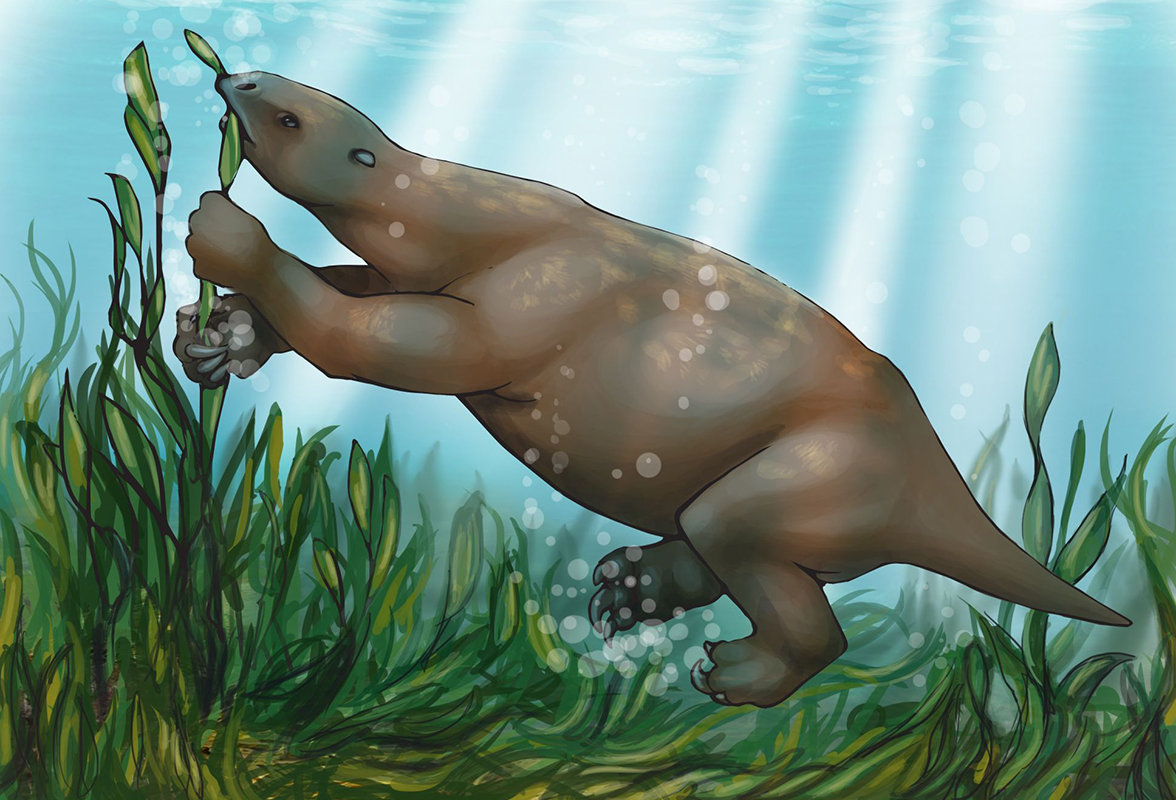
"The Princeton Field Guide to Prehistoric Mammals" introduces readers to many charismatic and bizarre mammals from the distant past, offering a glimpse of the peculiar forms that preceded mammals alive today.
Swimming ground sloth Thalassoconus lived in what is now Peru and Chile during the late Miocene epoch, from about 12 million to 5 million years ago.
Deinotherium
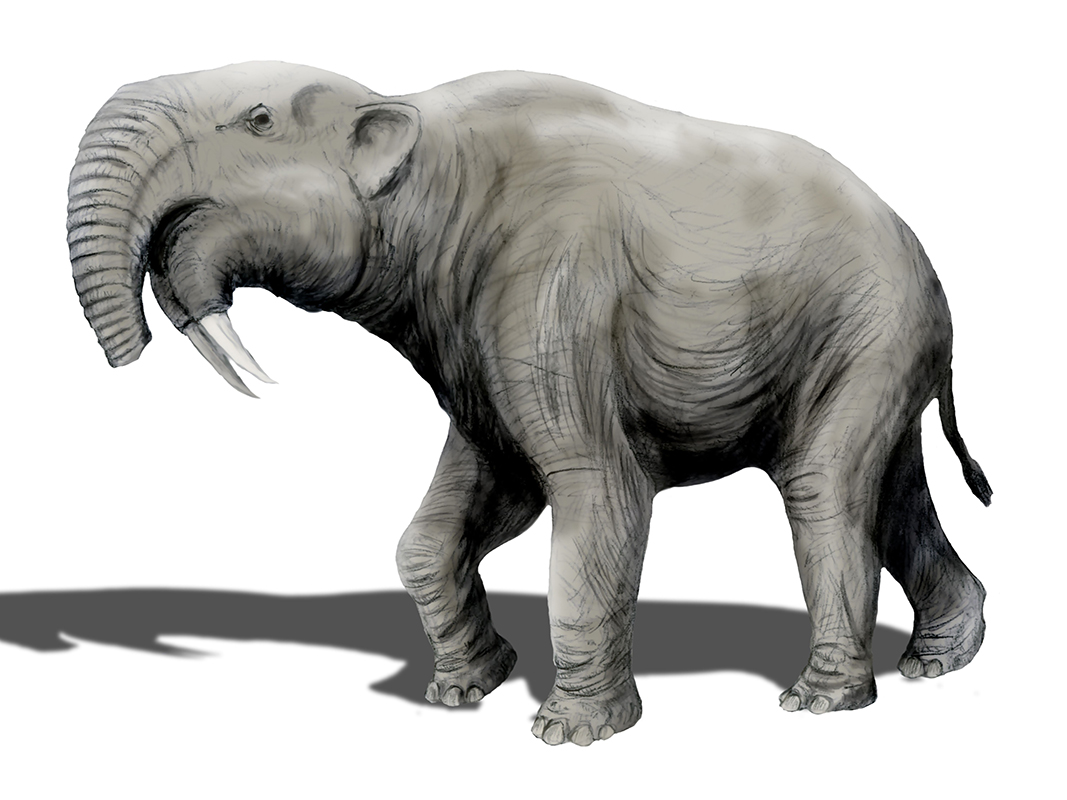
Deinotherium lived during the Oligocene epoch, 34 million to 23 million years ago. It was bigger and had longer legs than the modern elephants it resembles, and had lower tusks that curled down and backward, toward its body.
Sea cow

The extinct giant Steller's sea cow, Hydrodamalis gigas, was described in the mid-18th century, and was as big as some whales — up to 30 feet (9 meters) in length.
Carpolestes
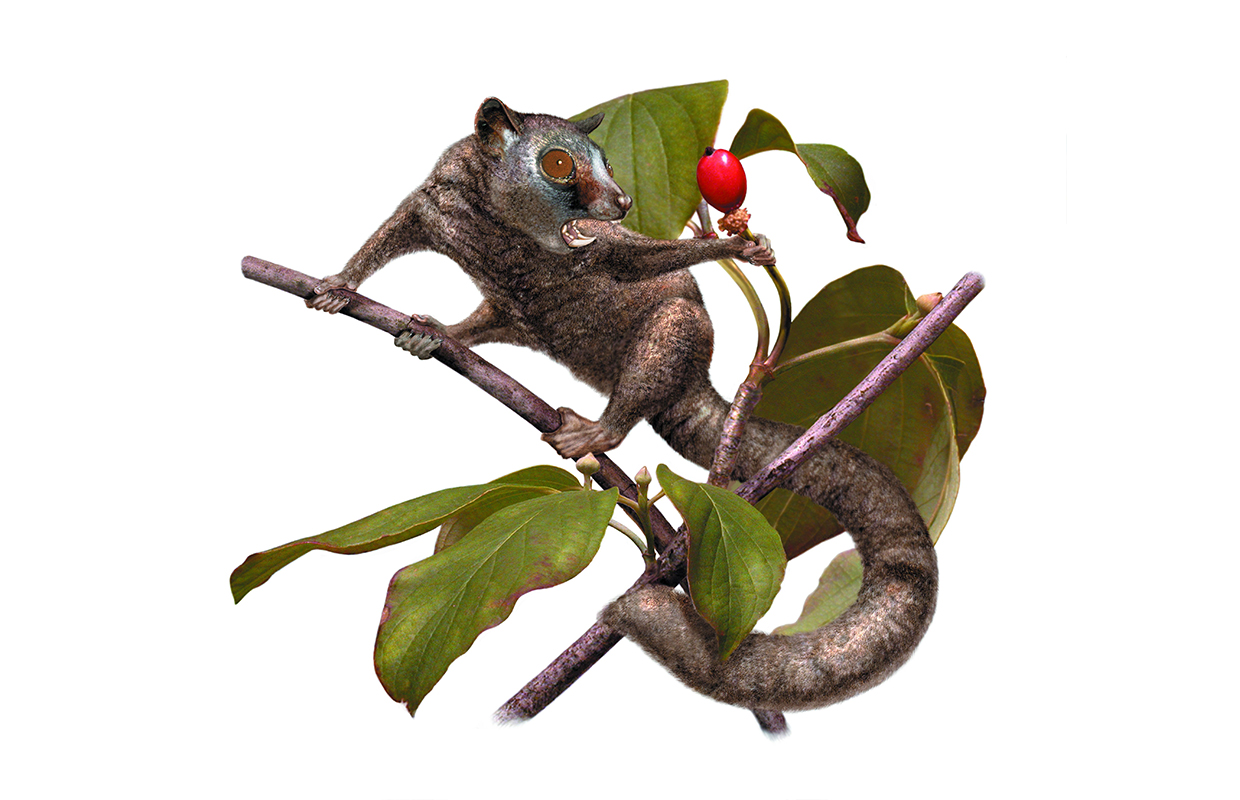
Tarsier-like Carpolestes was a primate relative from the Paleocene epoch, 66 million to 55 million years ago. It had grasping hands like a primate, and lived in trees, as do many modern primates.
Nuralagus rex
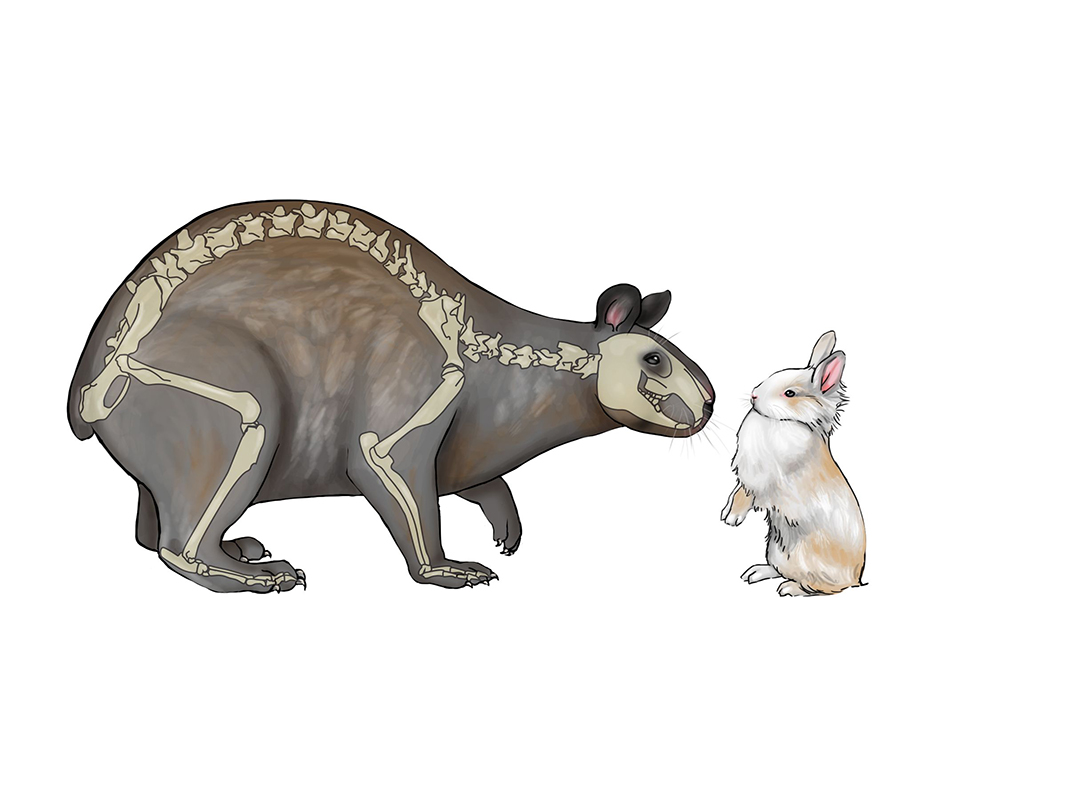
A modern rabbit is dwarfed by Nuralagus rex. This gigantic rabbit lived during the Pliocene epoch, 5 million to 2.6 million years ago, on the island of Minorca, in the Mediterranean Sea off the coast of Spain.
Chasmoporthetes
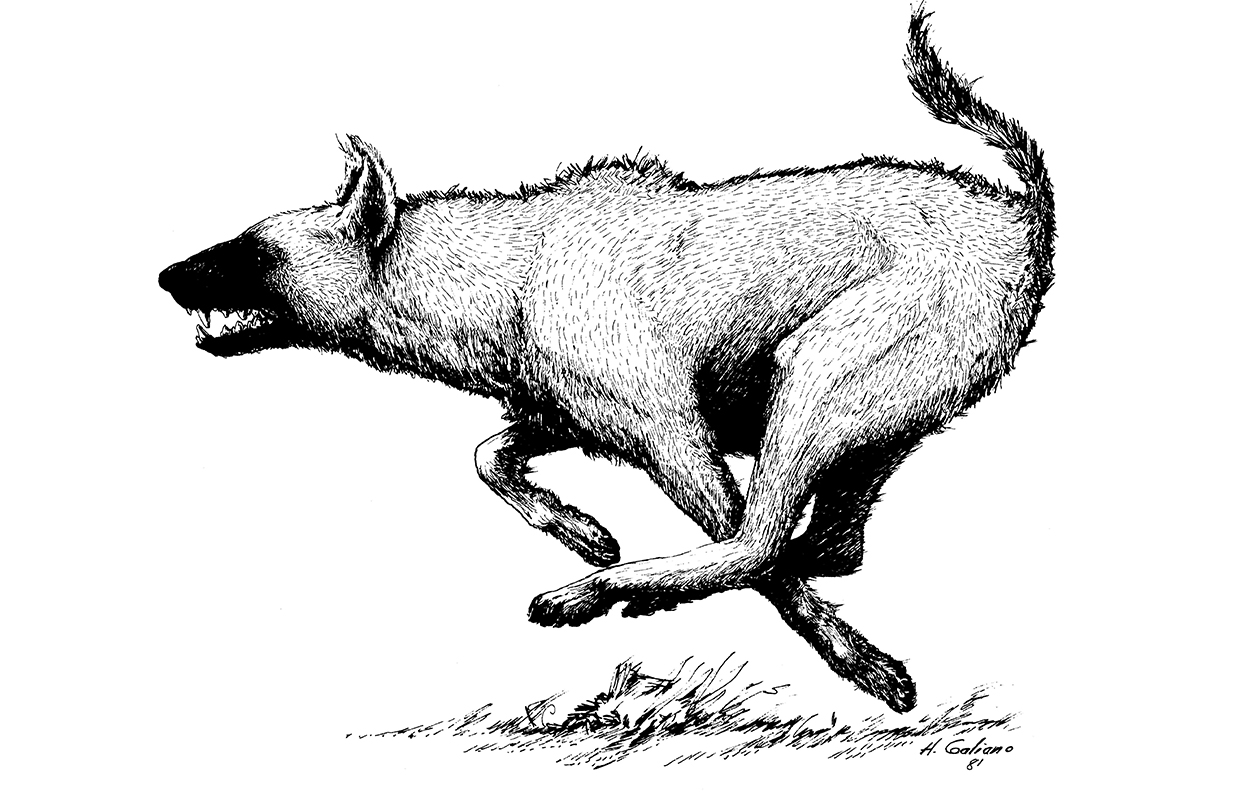
A reconstruction of Chasmoporthetes, a hyena with long legs for running. It lived in Eurasia and North America during the Pliocene (5 million to 2.6 million years ago) and Pleistocene (2.6 million years ago until 10,000 years ago) epochs.
Get the world’s most fascinating discoveries delivered straight to your inbox.
Enhydriodon dikikae
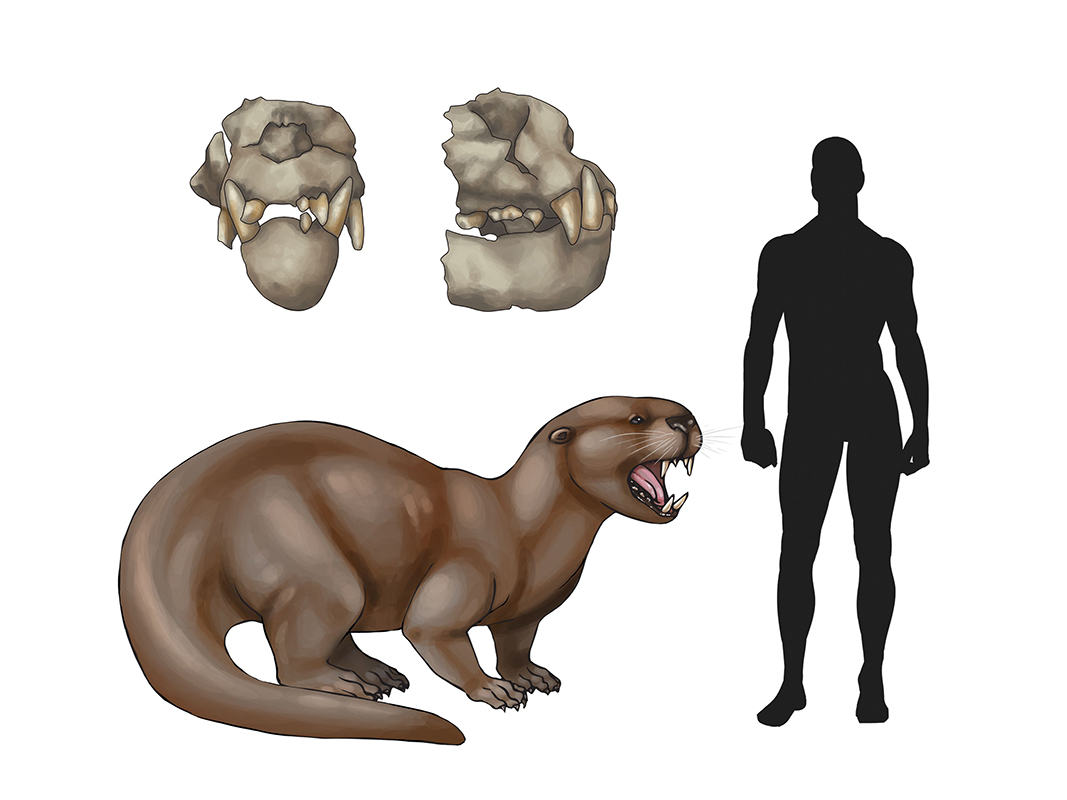
East Africa's enormous "bear otter," Enhydriodon dikikae, lived alongside our earliest ancestors in Ethiopia during the Pliocene epoch, 5 million to 2.6 million years ago.
Trogosus

Trogosus belonged to an order of extinct mammals known as the tillodonts, which inhabited North America, Asia and Europe during the Paleocene (66 million to 55 million years ago) and Eocene (55 million to 34 million years ago) epochs. Tillodonts had powerful jaws and short, small braincases.
Morgancudon
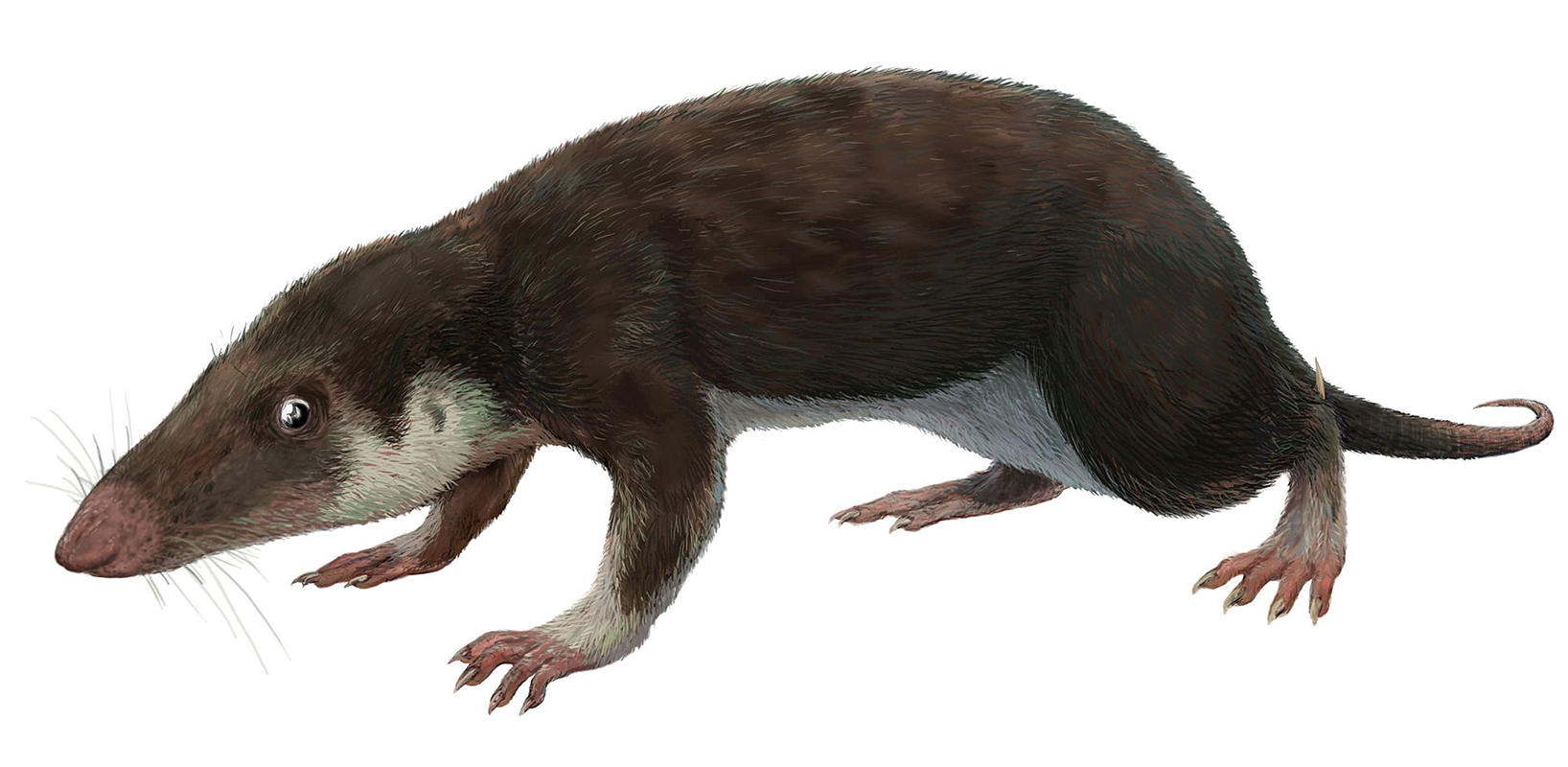
Shrew-size Morganucodon was one of the first true mammals, emerging during the Late Triassic period (201.3 million to 235 million years ago). They had large brains and tiny teeth for grinding up insects, much like the teeth of living insectivorous mammals.
Volaticotherium
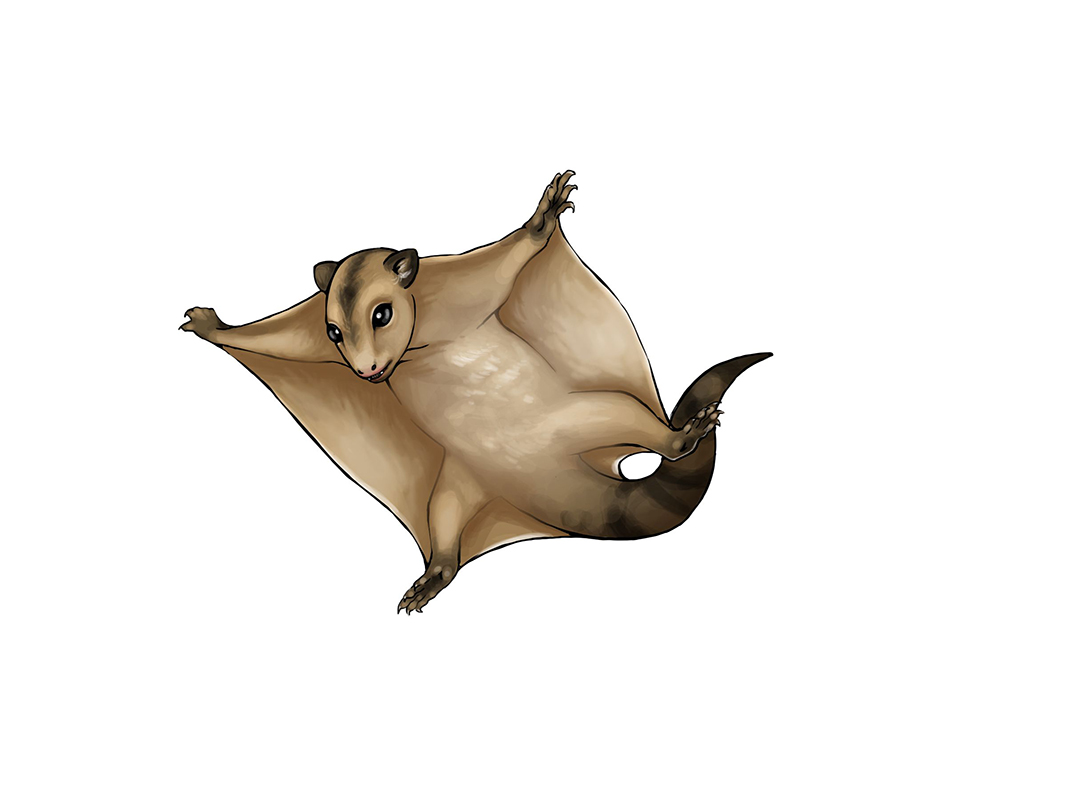
Volaticotherium had delicate limbs and a gliding membrane similar to those in modern flying squirrels or sugar gliders. It lived in Mongolia during the Jurassic period, 199.6 million to 145.5 million years ago.
Behemotops
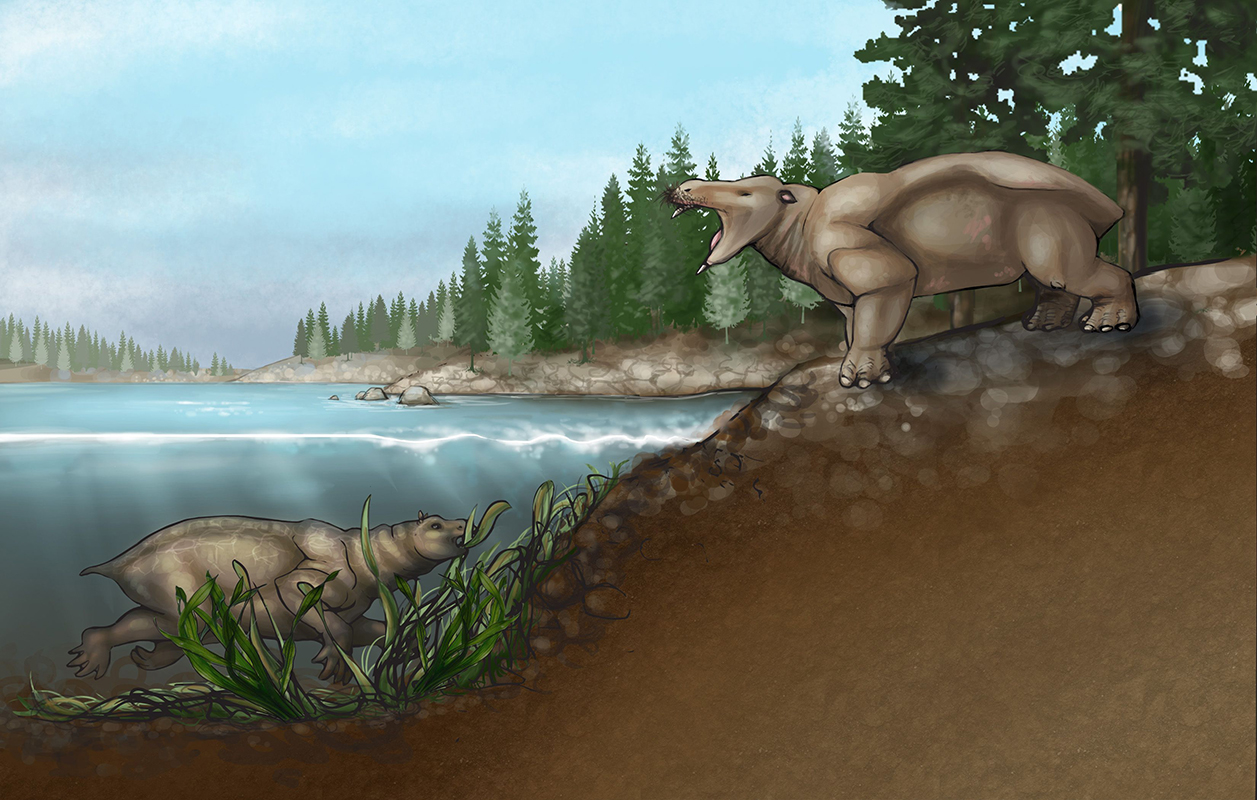
Hippo-like Behemotops lived during the Late Oligocene, 28.4 million to 23 million years ago, inhabiting marine waters, brackish river mouths and lagoons, keeping close to the shore. It likely spent most of its time in the water and had eyes positioned at the top of its head so it could see while its body was fully immersed.

Mindy Weisberger is a science journalist and author of "Rise of the Zombie Bugs: The Surprising Science of Parasitic Mind-Control" (Hopkins Press). She formerly edited for Scholastic and was a channel editor and senior writer for Live Science. She has reported on general science, covering climate change, paleontology, biology and space. Mindy studied film at Columbia University; prior to LS, she produced, wrote and directed media for the American Museum of Natural History in NYC. Her videos about dinosaurs, astrophysics, biodiversity and evolution appear in museums and science centers worldwide, earning awards such as the CINE Golden Eagle and the Communicator Award of Excellence. Her writing has also appeared in Scientific American, The Washington Post, How It Works Magazine and CNN.


